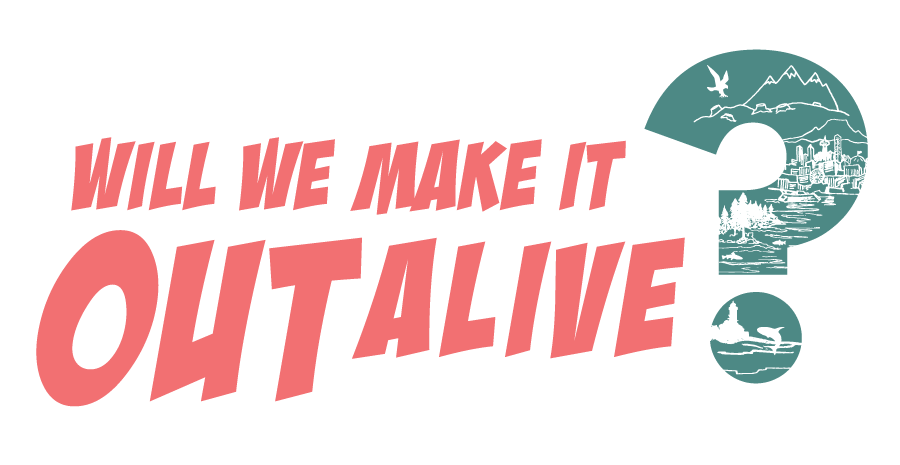GIS Tool: Union Tool
/Last time I talked about the buffer tool, which is one geoprocessing tool.
In episode 4 I talk about another one, the Union tool!
The Union tool takes two or more polygon layers and chops them up based on common attributes. For example, if you had a parcel of land with two soil types on it, it would split the parcel in two based on the soil types and each new polygon would contain the attributes of the parents. So one polygon would have the first soil type and the parcel number, and the second polygon would have the second soil type but the same parcel number.
This is a useful step in performing analysis such as determining suitable habitat for a particular species. So let’s say you are determining where suitable habitat for the magical mapper cat (a new species I just made up).
potential Magical mapper cat habitat
You know that the magical mapper cat doesn’t like urban areas, or deserts, but prefers rural, forested landscapes. From this, you know one of the GIS layers you need for your analysis is land cover.
Another thing you know about the magical mapper cat is that it must live on land within 20 miles of a saltwater shoreline. For this, you need a shoreline layer, and you could use the buffer tool to buffer the shoreline by 20 miles, clip out just the land within that area, add an attribute of present or something like that, and use the resulting map layer as your second input to the Union Tool.
To keep this relatively simple, the only other factor the magical mapper cat requires is a large enough area with a soil type ideal for growing fruits and vegetables, because the magical mapper cat doesn’t eat meat. For this, you need a soils layer.
The next step in your analysis would be to union your three layers together (the three layers being land cover, shoreline land buffer, and soils).
Once the union tool cuts your polygons down and adds them together, you can then query your new unioned layer for polygons that are at least a certain size (let’s say 5 acres), is in a forested environment, and has soils of vegetable growing power (you’d actually need to know what the specific types of soils were unless your soils layer already had a vegetable growing suitability field).
You can save the results of your query to a new layer, which is the suitable magical mapper cat habitat layer!
This was a simple, imaginary example, but perhaps you can imagine a wildlife biologist performing similar analysis for the wolverine, for example. In order for the wolverine population to grow, they need access to more land, which is only split by an interstate highway. How to bridge the gaps between habitat and increase connectivity? Perhaps by building wildlife crossings?




Find out how Jen the Magical Mapper has been doing on her Plastic Free July challenge!